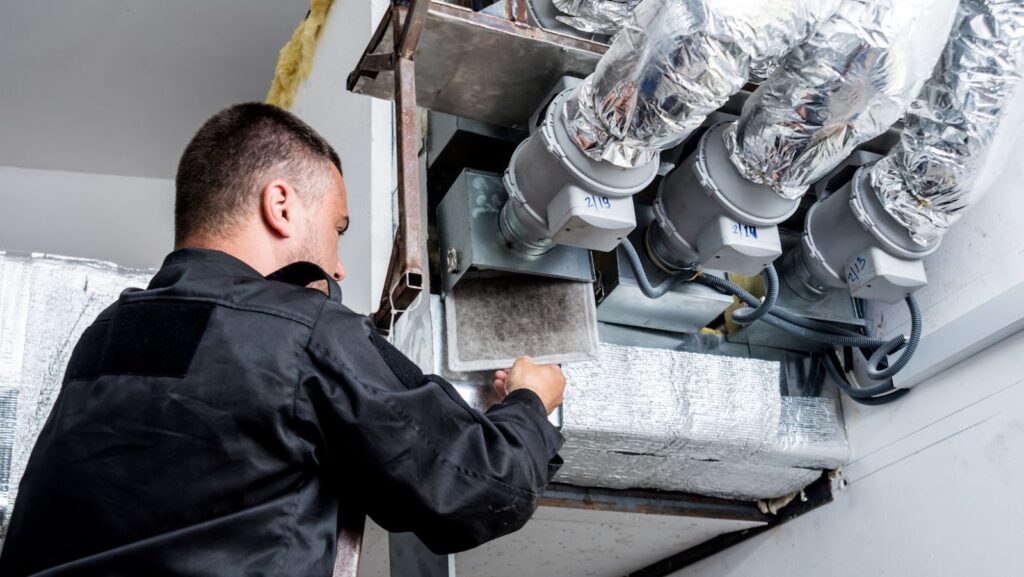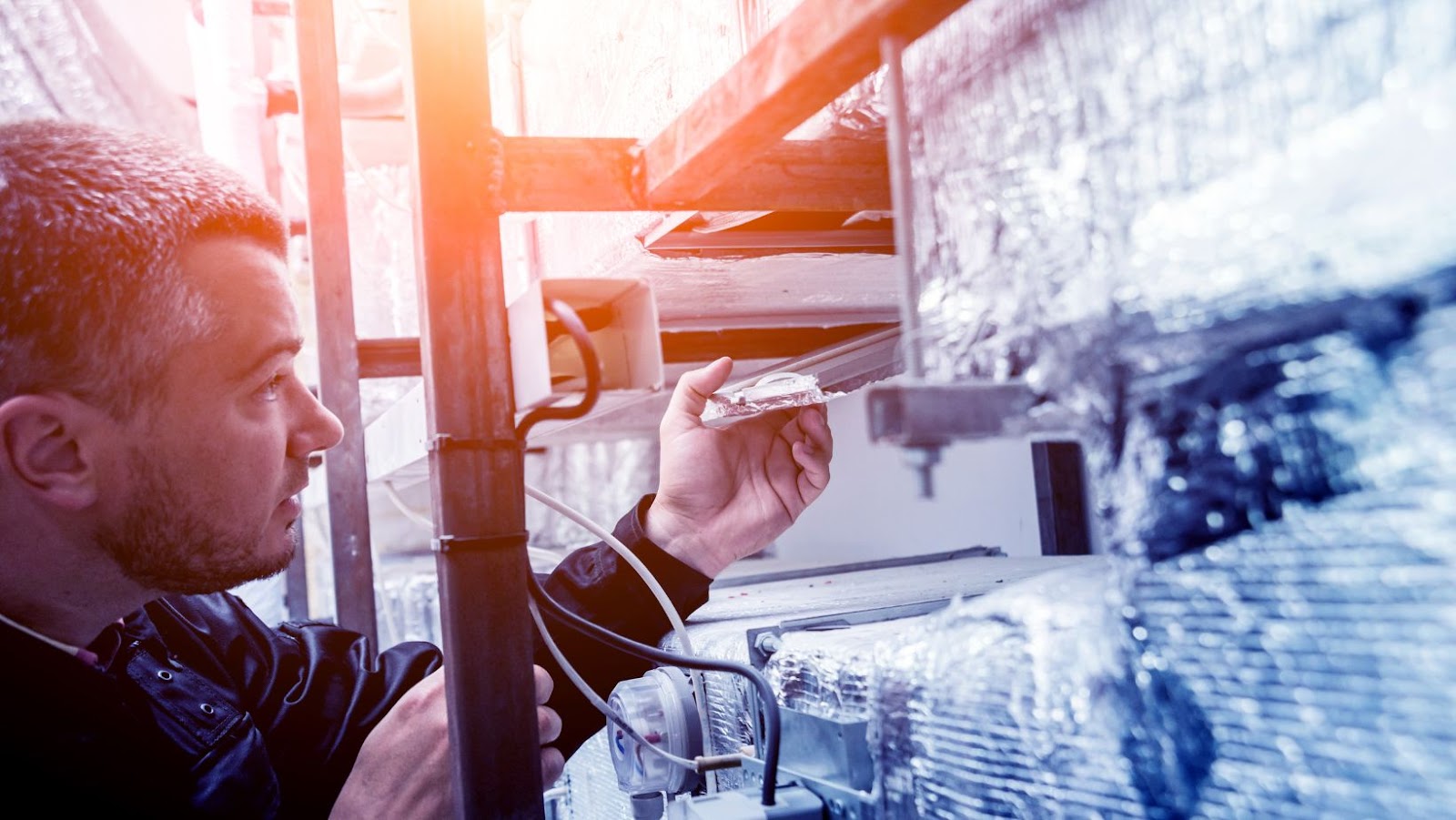
Have you ever noticed musty or damp smells coming from your home’s basement or crawlspace? This can be a sign of poor subfloor ventilation. In this article, we will explore the importance of having a proper subfloor ventilation system and how it can benefit your home and health.
What is Subfloor Ventilation?
Subfloor ventilation refers to the process of introducing fresh air into the subfloor area of your home. This is typically accomplished through the use of vents, fans, or a combination of both. These vents and fans are designed to regulate the airflow and moisture levels in the subfloor, which can help to prevent mold, mildew, and other indoor air quality issues.
Why is Subfloor Ventilation Important?

Are you tired of musty odors and dampness in your basement or crawlspace? Have you noticed mold or mildew growth in these areas? It may be time to consider the importance of subfloor ventilation. Get ready to discover why subfloor ventilation is not just important but essential for maintaining a healthy and comfortable living environment.
Prevents Moisture and Mold
The primary benefit of subfloor ventilation is that it helps to prevent moisture from building up in the subfloor area. Moisture build-up can lead to mold and mildew growth, which can be harmful to your health and the structure of your home. A proper subfloor ventilation system will keep the air flowing and prevent moisture build-up, thus reducing the risk of mold and mildew growth.
Improves Indoor Air Quality
In addition to preventing moisture build-up, subfloor ventilation can also help to improve the overall indoor air quality of your home. When air is able to circulate freely through the subfloor, it helps to remove any trapped or stagnant air, which can contain allergens, pollutants, and other harmful particles. With proper subfloor ventilation, you can enjoy cleaner and healthier indoor air.
Protects the Structural Integrity of Your Home
Moisture build-up in the subfloor can also lead to structural damage, such as rotting or warping of the floorboards. This can be especially problematic if the subfloor is made of wood, which is a natural material that is prone to decay when exposed to moisture. By installing a proper subfloor ventilation system, you can help to protect the structural integrity of your home and ensure that it remains safe and secure for years to come.
Reduces Energy Costs
Finally, subfloor ventilation can also help to reduce your energy costs. When the air in your home is properly circulated, it can help to regulate the temperature and prevent hot or cold spots from forming. This can result in a more comfortable living environment and lower energy bills.
How to Install Subfloor Ventilation

The process of installing subfloor ventilation will vary depending on the size and layout of your home, as well as the type of ventilation system you choose to use. In general, however, you will need to determine the size of the subfloor area that needs ventilation and then select a ventilation system that is appropriate for your needs. You will also need to determine the location of the vents and fans, as well as the type of ductwork and wiring that will be required to connect them.
It is recommended to consult with a professional to determine the best course of action for your home. A professional can help you assess your ventilation needs and determine the best system for your situation.
Subfloor ventilation is an important aspect of home maintenance and should not be overlooked. With proper subfloor ventilation, you can enjoy a healthier indoor environment, protect the structural integrity of your home, and reduce your energy costs. If you suspect that your home’s subfloor may be in need of ventilation, be sure to consult with a professional to determine the best course of action.



